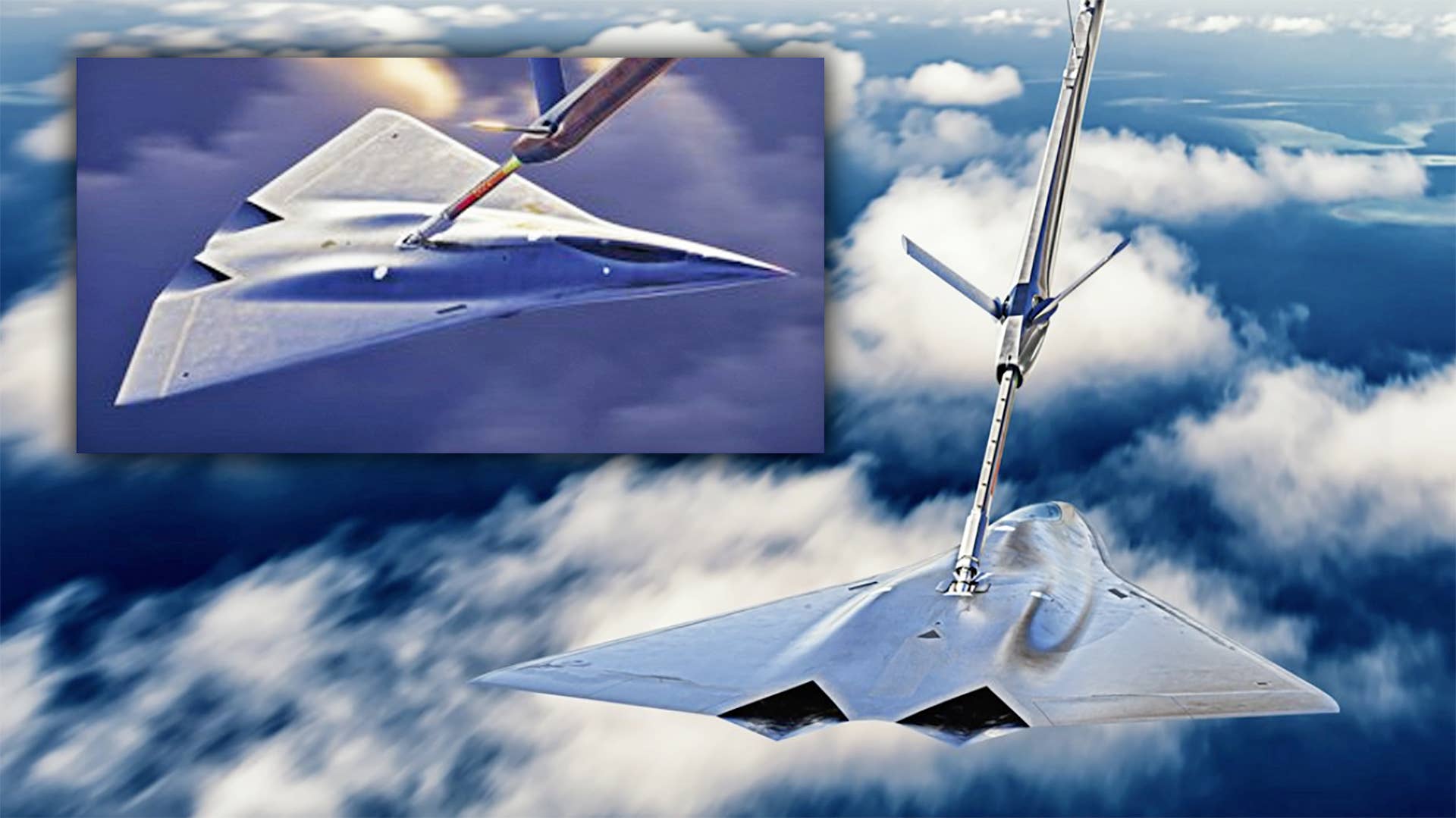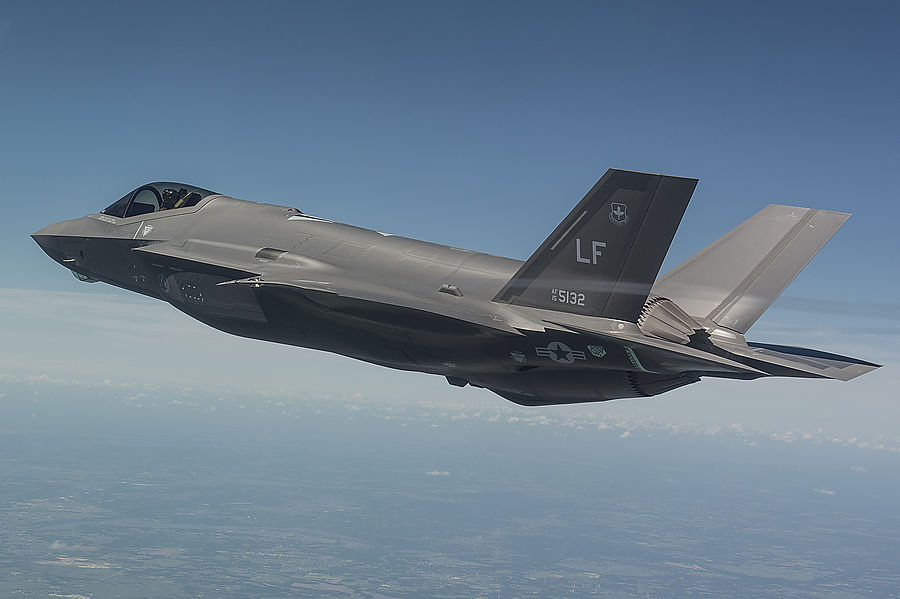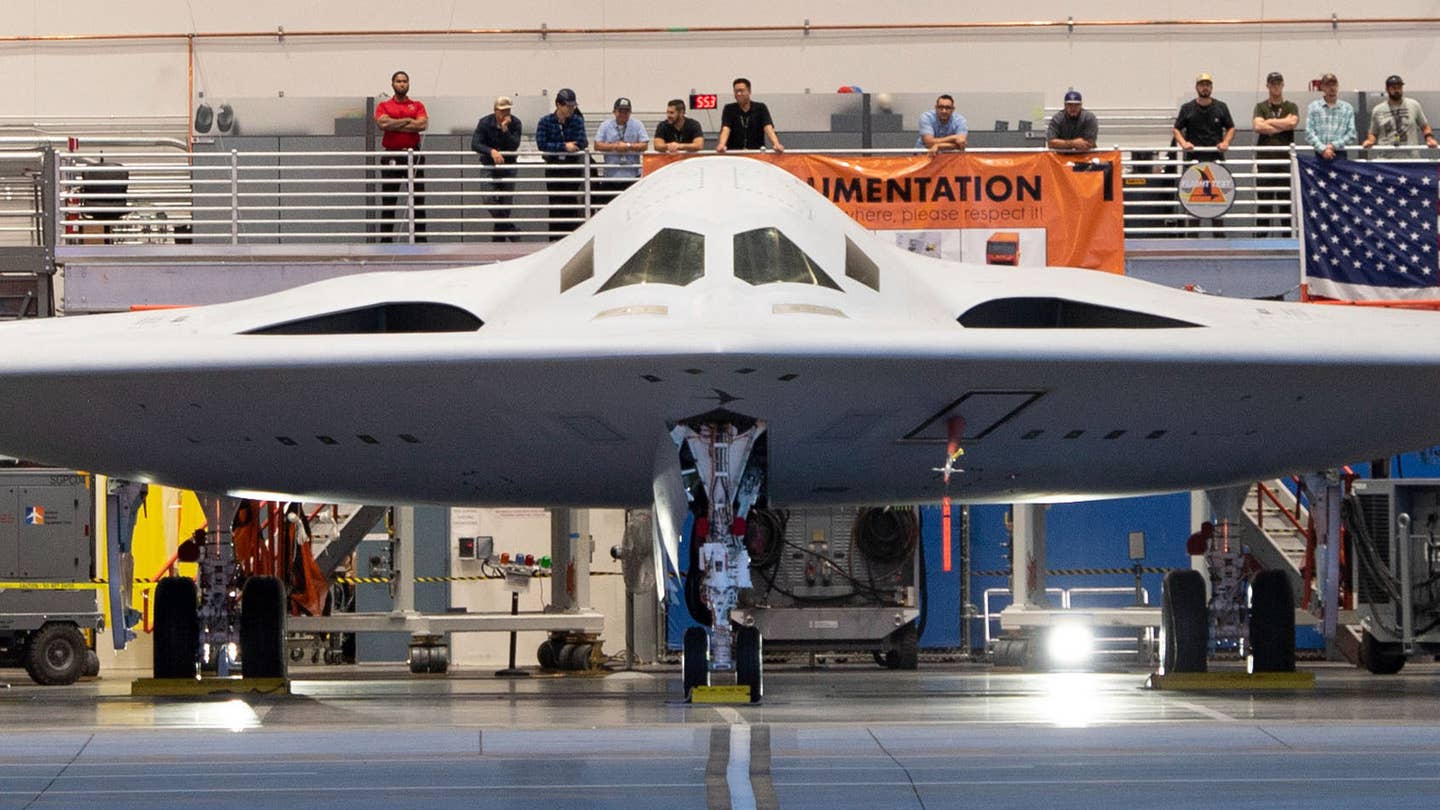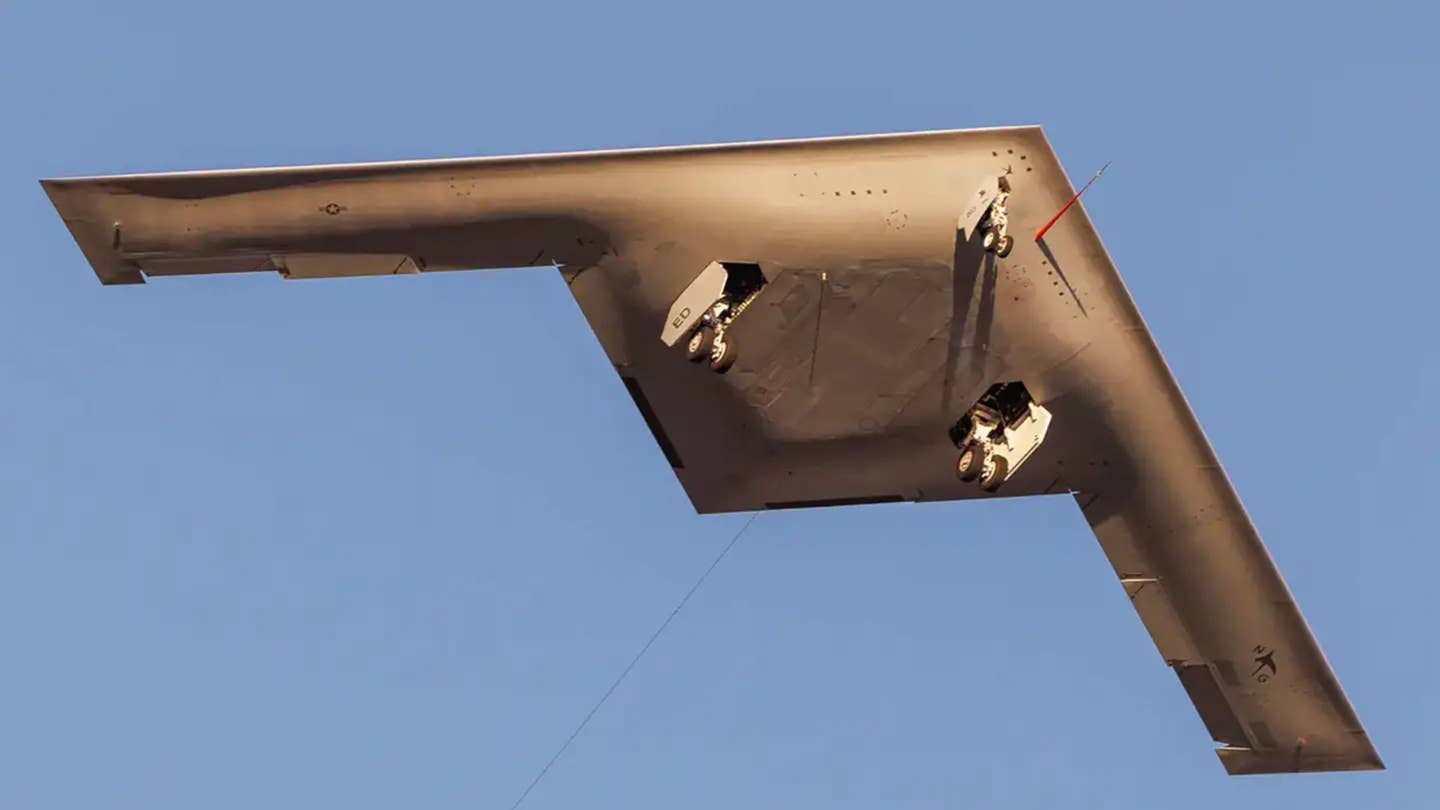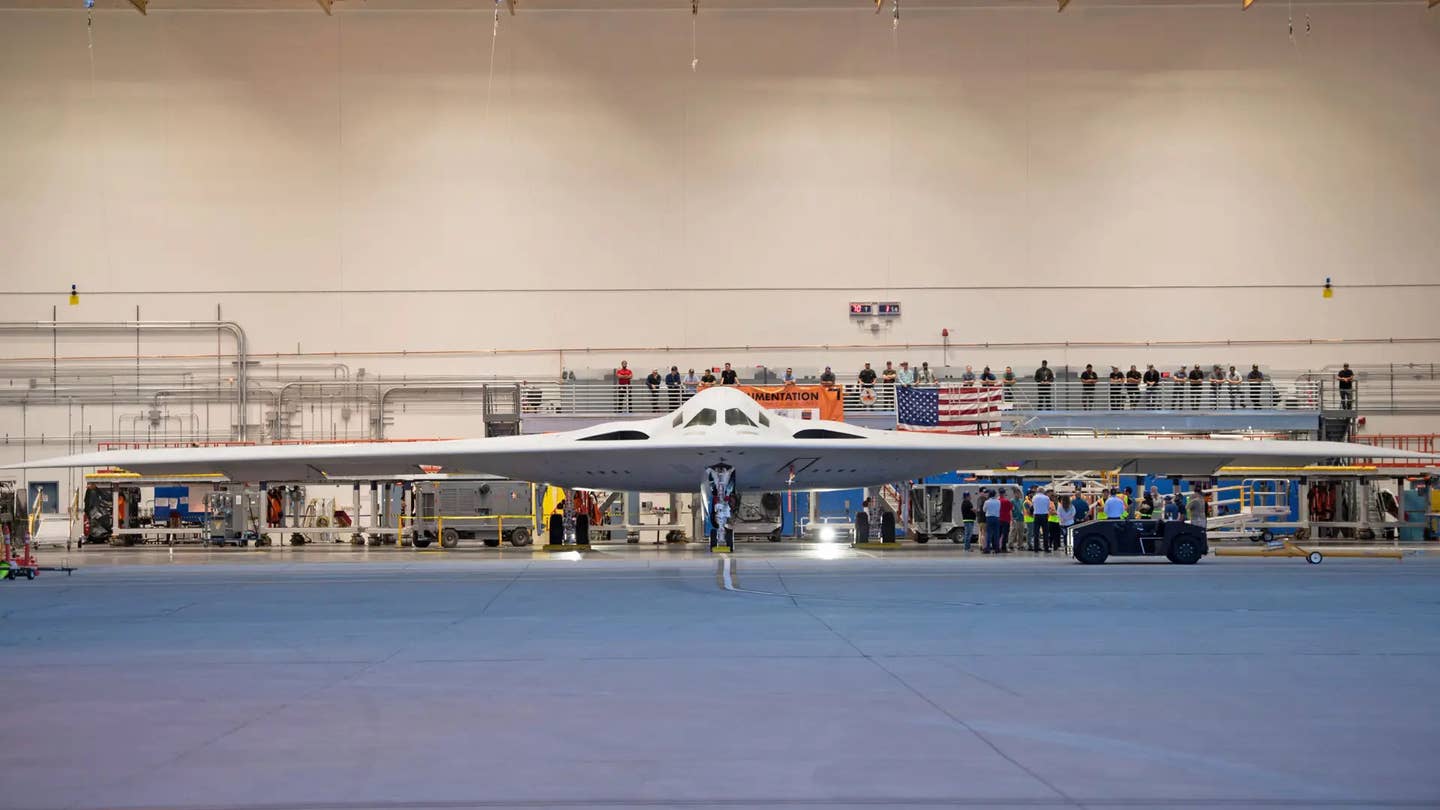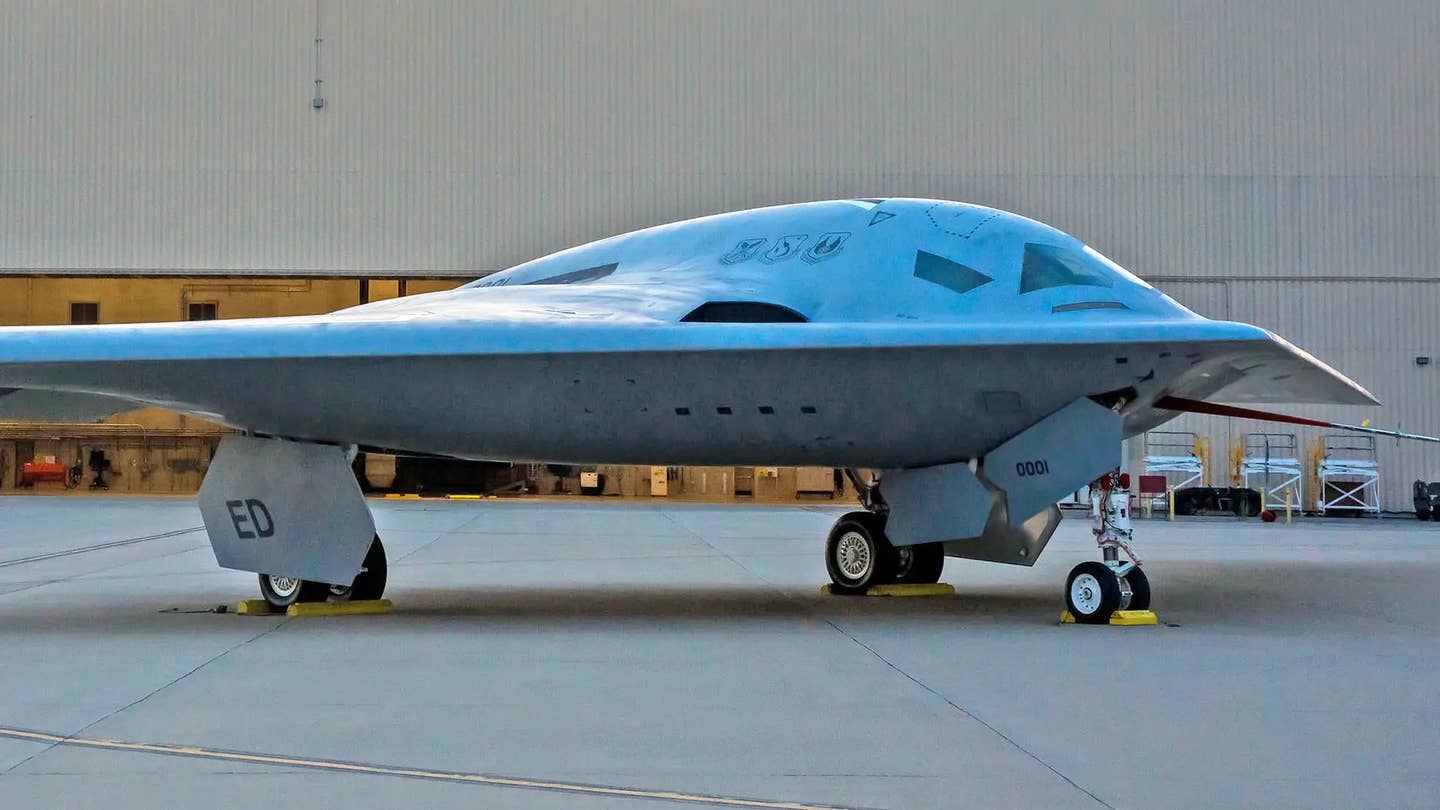Northrop Grumman Loses A Billion Dollars On The B-21 Program
On top of the loss, Northrop Grumman does not expect to make a profit on the first five production lots of B-21 bombers.
BY
JOSEPH TREVITHICK|PUBLISHED JAN 25, 2024 5:44 PM EST
THE WAR ZONE
USAF
SHARE
JOSEPH TREVITHICK
View Joseph Trevithick's Articles
FranticGoat
Northrop Grumman has disclosed a loss of nearly $1.2 billion on the
B-21 Raider stealth bomber program. The company also now says it expects to take a financial hit on each of the first five low-rate production lots of these aircraft. This all comes just days after the Pentagon disclosed it had awarded the
first B-21 low-rate production contract. Still, a loss at this time pales in comparison to the revenue the program could generate for the company over its lifetime, if it's executed as currently envisioned.
On Northrop Grumman's end, the B-21 program incurred a "pre-tax charge" of just under $1.56 billion,
according to press release the company put out ahead of a quarterly earnings call early today. Tax-related offsets reduced the net loss to $1.17 billion.
The first pre-production B-21 Raider seen from below during its first flight in November 2023.
Andrew Kanei
"The loss is largely driven by a change in our assumptions regarding funding to mitigate the impact of macroeconomic disruptions on the LRIP [low-rate initial production] phase of the program and higher projected manufacturing costs that reflect recent supplier negotiations and our experience in completing the first aircraft," Northrop Grumman's release explains. "Macroeconomic disruptions" includes higher than expected inflation and other broader economic factors.
"In 2015, the U.S. Air Force awarded Northrop Grumman the B-21 contract, which includes a base contract for engineering, manufacturing, and design (EMD) and five low-rate initial production (LRIP) options," the press release adds. "The EMD phase of the program is largely cost type and began
at contract award. The LRIP options are largely fixed price and are expected to be awarded and
executed through approximately the end of the decade."
"We now believe it is probable each of the first five LRIP lots will be performed at a loss," according to Northrop Grumman. By itself, the charge the company disclosed today is equivalent to more than 10 percent of what the Air Force expected to spend across LRIP Lots 1-5,
according to Aviation Week.
The Pentagon awarded the B-21 LRIP Lot 1 contract to Northrop Grumman some time last fall but only
disclosed this fact on Monday. When exactly that deal was finalized, what its value is, how many aircraft it covers, and whether any LRIP jets are now actually being built are unknown.
The first pre-production B-21 in a hangar at Northrop Grumman's facilities at the US Air Force's Plant 42 in Palmdale, California, in 2023.
USAF
“While we’re disappointed that our assessment of conditions for the low-rate initial production portion of the B-21 program necessitated this charge in the quarter, we are confident in our ability to deliver on the company’s forward outlook, which remains unchanged,” Northrop Grumman CEO Kathy Warden said during the subsequent earnings call. "We're also proud of the performance of the B-21 team, which continues to execute an unparalleled aircraft development program."
The Air Force is already in the process of acquiring six pre-production B-21s, which will be
used for various testing purposes. Some of these aircraft could be operationalized in the future. The first these bombers, nicknamed Cerberus, made its first flight last month, as
The War Zone was first to report. That aircraft is
now undergoing flight testing at Edwards Air Force Base in California.
Northrop Grumman's B-21-related financial troubles are not unexpected. The company explicitly warned about the potential for a major loss multiple times last year and said it
could be up to $1.2 billion. This has now turned out to be a very accurate prediction.
"We are planning at a zero profitability" currently on B-21, CEO Warden had said during another earnings call
in October 2023.
In January 2023, Northrop Grumman had also said that the projected unit cost for the B-21 was below the target set out by the U.S. Air Force. It's unclear whether or not this is still the case.
Overall, details about the costs of the B-21 program remain limited. At the time of the Raider's
public rollout in December 2022, the overall program cost was pegged at $203 billion in Fiscal Year 2019 dollars, with "$25.1 billion for development, $64 billion for production, and $114 billion for 30 years of sustaining and operating a fleet of 100 bombers," according to a
report from Bloomberg. The inflation-adjusted total value here is around $243.6 billion 2023 dollars. However, the Air Force has talked in the past about acquiring as many as 145 B-21s, which would have impacts on the total cost of the program and the unit cost of each bomber. Above all else, these numbers tell the story of just how lucrative the B-21 could be for Northrop Grumman over its service life.
On the earnings call today, Northrop Grumman's CEO Warden reminded those listening in that the Air Force had directed around $60 million in funding to the B-21 program from a pool Congress had appropriated specifically to help counteract higher-than-expected inflation last year. This money was specifically tied to the LRIP Lot 1 production cost. Warden said that her company was unsure about any similar budgetary "relief" the U.S. government might be able to provide for future LRIP lots. She did say that the "tight budget environment" had caused Northrop Grumman to lower its expectations in this regard.
"It's important to note [that] we have a lot more information today than we did at this time last year, having completed the production and the ground test phase of the first aircraft," Dave Keffer, Northrop Grumman's Corporate Vice President and Chief Financial Officer, who was also on today's earnings call, said. "We also have the majority of the suppliers now under contract, with the remaining [ones] in advanced stages of negotiation. We have our latest estimates for productivity and reasonable learning curves that we believe are appropriate based on our historical experience."
"Perhaps most importantly, we're still performing well on this program which is continuing to provide a critical capability for our customers," he added.
USAF
Northrop Grumman's financial situation notwithstanding, the Air Force and Congress have long talked about the B-21 being
a model acquisition program. Air Force official continue to be positive about the Raider and the schedule for acquiring and fielding these bombers. The goal is to begin
fielding operational B-21 squadrons before 2030.
"B-21 is going along well ... its moving into LRIP," Kristyn E. Jones, the senior official currently performing the duties of the Under Secretary of the Air Force, said just yesterday
at a public event hosted by the Center for Strategic & International Studies (CSIS) think tank in Washington, D.C. The B-21 program "has been right on the cost and schedule that we've expected. So, no significant changes there."
Overall, the Air Force sees the B-21, which is set to replace its B-2 Spirit stealth bombers and its swing-wing B-1Bs, as a critical program. In addition to be a key element of the
the U.S. military's nuclear deterrent triad for years to come, it will feature of other capabilities that will be valuable outside of the nuclear strike mission.
The War Zone has previously explored in detail how the B-21, which is also just one component of
a larger family of systems, is in actuality a multi-mission aircraft that will have unrivaled capabilities that go far beyond traditional 'bomber' roles.
The Air Force and Northrop Grumman are clearly still very committed to the B-21 program, though it does remain be seen whether it can continue to stay on budget and schedule.
Contact the author: [email protected]


